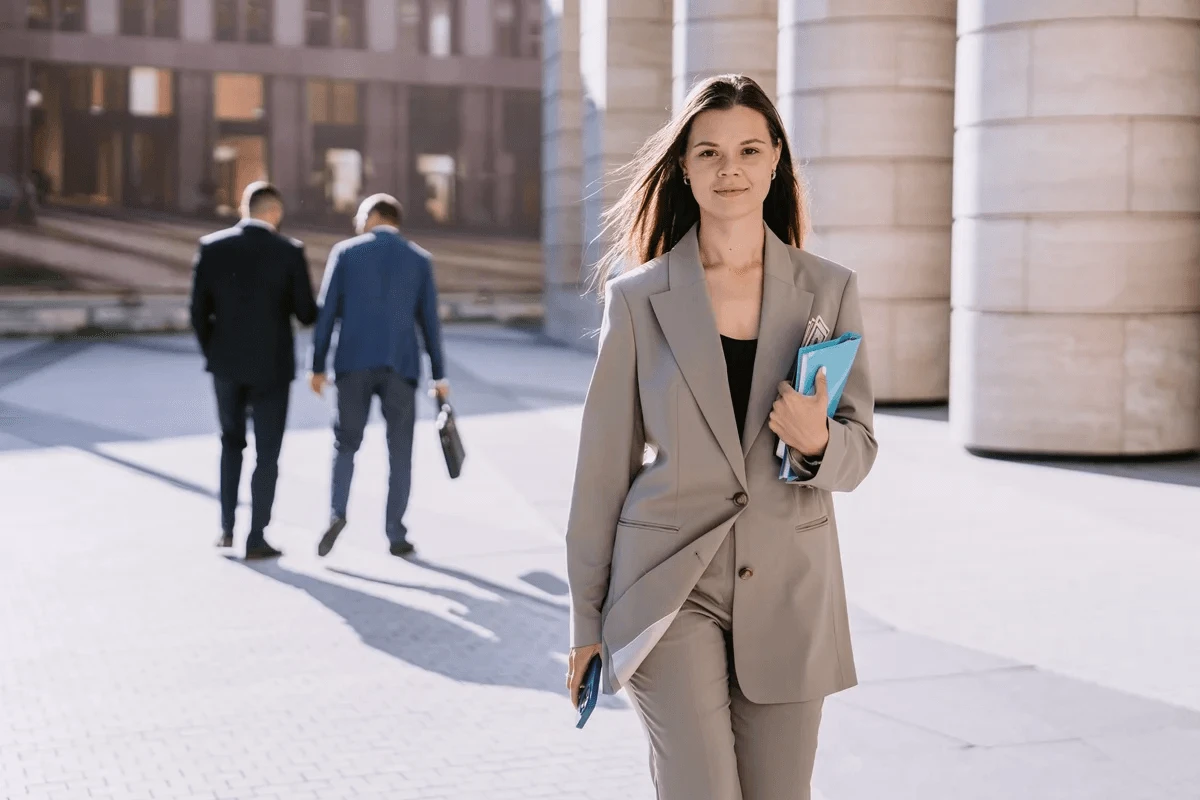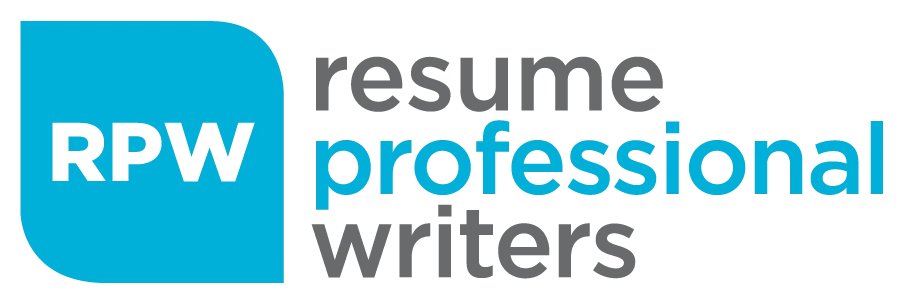A job interview is your golden opportunity to present yourself as the ideal candidate and that starts before you even speak a word. How you dress communicates volumes about your professionalism, preparedness, and how well you understand the workplace culture you’re stepping into. In a world where first impressions are formed within seconds, the right outfit could be the subtle edge that sets you apart from other applicants.
For many women, choosing interview attire can be a confusing and stressful task. With so many options and varying dress codes across industries, how do you know what’s appropriate? Should you stick to a traditional pantsuit or opt for a dress? Can you wear flats instead of heels? Is it okay to show some personality in a creative field?
In this comprehensive guide to interview attire for women, we’ll answer all these questions and more. Whether you’re interviewing for a corporate role, a creative position, or a casual tech startup, we’ll help you build the right look with confidence. Read on for expert advice, wardrobe tips, and practical dos and don’ts for dressing your best and landing the job.

Professional Interview Attire for Women: Why Does it Matter?
Your appearance is a nonverbal introduction. It’s the first impression you make when you walk into the room, or even before, if your interview is virtual. The way you present yourself sends signals about your professionalism, self-awareness, attention to detail, and cultural fit within the company. Attire plays a significant role in shaping the interviewer’s perception and can influence your chances of success.
A polished and appropriate outfit demonstrates respect for the opportunity and shows that you take the interview seriously. It tells the interviewer that you understand the context you’re walking into, whether it’s a corporate office, a design studio, or a classroom, and helps you create a positive first impression.
On a personal level, wearing the right outfit can boost your confidence. Maintaining a professional appearance by choosing clothing that is not overly flashy or trendy ensures you look polished and appropriate. When it comes to interview attire for women, feeling comfortable, stylish, and put together helps you naturally carry yourself better. You’ll speak with more clarity, engage more confidently, and reduce your nerves because you won’t be distracted by worrying about how you look.
So while qualifications and experience are what ultimately get you hired, your attire can help open that door.
Understand the Company Culture First
One of the biggest mistakes candidates make is dressing in a way that doesn’t align with the company’s culture. Wearing a full suit to a laid-back startup might make you seem out of touch, while dressing too casually for a law firm could signal a lack of professionalism. It’s important to follow the company’s dress code to demonstrate respect and professionalism during your interview.
To avoid this misstep, do your research ahead of time:
- Company Website: Review team photos, company events, or leadership portraits. This often gives clues about what’s considered acceptable attire, and you can observe what other women at the company are wearing.
- Social Media Platforms: Instagram or LinkedIn pages can offer an inside look at what employees wear daily, including how other women dress in the workplace.
- Job Descriptions: Some listings include notes about the work environment or company’s dress code.
- Reach Out: Don’t be afraid to ask your recruiter or contact person about appropriate attire. A simple email saying, “Can you tell me more about the expected dress code for the interview?” is perfectly acceptable.
Tailoring your interview attire for the company’s culture and adhering to the dress code shows that you’ve done your homework and are eager to integrate into their environment from day one.
Business Formal: Classic and Conservative
If you’re interviewing for a job in a highly professional or traditional industry, such as law, finance, banking, or upper-level corporate roles, then business formal attire is usually expected. This dress code reflects authority, reliability, and seriousness. A tailored suit with a suit jacket is a key element of business formal attire, helping you convey competence and professionalism.
- Tailored pantsuits, skirt suits, or a matching blazer and pencil skirt in dark or neutral colors are appropriate choices.
- Pair your suit with a button down shirt or a light colored blouse for a polished, professional appearance.
This business formal style creates a classic look that is timeless and universally respected. For second interviews or particularly conservative companies, choosing the right interview attire for women can help demonstrate your respect and seriousness.
Key Elements of Business Formal:
- Tailored Pantsuits or Skirt Suits: Choose structured jackets with matching trousers or knee-length skirts in neutral colors like navy, gray, black, or beige. These combinations are timeless and communicate professionalism without drawing too much attention.
- Blouses and Shirts: Stick with high-quality fabrics such as silk, cotton, or satin. Opt for solid colors or minimal patterns like pinstripes. Avoid anything sheer, overly frilly, or too low-cut.
- Closed-Toe Shoes: Modest pumps with a 1-2 inch heel work well, as do classic flats. Avoid stilettos or open-toed shoes, which can appear too casual or impractical.
- Minimal Accessories: Choose simple stud earrings, a sleek wristwatch, and a neutral tote bag or briefcase. Keep your overall look clean and free of distractions.
This look isn’t about personal expression—it’s about showcasing your professionalism and ability to operate in a structured, high-stakes environment. In these interviews, conservative always trumps trendy.
Business Casual: A Balanced Approach
Business casual has become the norm for many workplaces, particularly in industries like healthcare, education, marketing, and customer service. As a common form of interview attire for women, it strikes a balance between professionalism and comfort, allowing room for personal expression while still maintaining a polished appearance.
For bottoms, consider options like slacks, skirts, nice pants, or tailored pants. These choices help create a sharp and professional look suitable for interviews and daily work settings.
For tops, blouses, sweaters, and a well-fitted shirt are all appropriate choices. Pairing these with a blazer can further elevate your outfit.
Some workplaces may expect a smart casual look, which combines professionalism with a relaxed, approachable style.
What to Wear for Business Casual Interviews:
- Tops: Smart blouses, elegant tops, or structured knit sweaters in calm colors are great options. Soft pastels, jewel tones, and subtle prints work well but avoid anything flashy, overly tight, or revealing.
- Bottoms: Tailored trousers, ankle pants, or midi skirts are ideal. Materials like twill, gabardine, or ponte knit provide a professional structure without being too stiff.
- Outerwear: A fitted blazer or longline cardigan adds structure and polish to any outfit. Even if you remove it once inside, it enhances your arrival.
- Shoes: Low-heeled pumps, loafers, or polished flats are comfortable and professional. Make sure they are clean and well-maintained.
This dress code allows more flexibility, making it a great opportunity to show your style. As part of smart interview attire for women, just be sure to keep it neat, coordinated, and work-appropriate.
Creative or Startup Environments: Expressive but Professional
If you’re interviewing at a startup or in a creative field, such as advertising, fashion, tech, design, or media, you’re likely entering a more relaxed, informal, and innovative atmosphere. While you have the opportunity to show some personality with your interview outfit, it’s still important to focus on dressing appropriately for the company culture and the specific interview context.
Even in creative roles, choosing the right interview outfit helps you make a positive first impression and demonstrates your professionalism.
Style Tips for Creative Interviews:
- Mix and Match Styles: You can pair a structured blazer with trendy slacks or wear a fashionable midi dress with stylish flats. Statement pieces like a patterned blouse or colorful blazer are acceptable as long as they’re balanced by neutral basics.
- Smart but Relaxed Footwear: Loafers, ankle boots, or high-end sneakers (if appropriate) can work. Avoid flip-flops, worn-out shoes, or anything overly sporty.
- Accessories with Flair: A bold necklace, artistic earrings, or a creative tote bag can help reflect your individuality, especially if design or aesthetics are part of your role.
- Denim or Casual Jackets: In the most relaxed workplaces, dark-wash jeans or a fitted denim jacket might be acceptable. However, always aim to look like you put effort into your appearance.
Even if the company is casual, showing up well-dressed shows that you value the opportunity. Aim for polished creativity—not weekend casual.
Seasonal Dressing Tips for Interviews
Your attire should be comfortable and climate-appropriate. Being too warm or too cold can distract you from performing at your best. Choose fabrics and layers that suit the season, without sacrificing professionalism. When planning interview attire for women in spring and summer, opt for lighter tones, but make sure to select colors that complement your skin tone for a polished look.
If your interview is remote or on video, focus on your upper body, as that’s what is most visible on camera, and ensure your attire is professional and well-fitted in that area.
Spring and Summer:
- Choose breathable, lightweight fabrics such as cotton, rayon, or linen blends.
- Lighter tones like white, beige, pale blue, or blush pink are great seasonal options.
- Go for sleeved dresses or blouses and avoid tank tops or anything too revealing.
- Closed-toe flats, loafers, or light-colored pumps keep your look fresh and professional.
- If you’re worried about sweating, opt for moisture-wicking undershirts or bring blotting papers for touch-ups.
Fall and Winter:
- Layer smartly with a tailored coat, wool blazer, or trench.
- Thicker materials like tweed, velvet, and wool blends offer warmth while maintaining structure.
- Choose deep, rich tones like plum, navy, olive, or burgundy.
- Wear tights or leggings under skirts or dresses for added warmth.
- Professional boots can be a good option, especially ankle boots or sleek knee-highs with dresses or trousers.
In planning your interview attire, dressing for the weather should emphasize practicality and foresight—both attractive traits in a potential employee.
Footwear: The Foundation of Your Look
Shoes are often overlooked, but they play a significant role in completing your outfit. Poor footwear choices can undermine an otherwise perfect look or cause physical discomfort that distracts you during your interview. Classic pumps, including high heels and closed toe pumps, are appropriate options for formal interviews, as they convey professionalism and align with conservative dress codes.
Shoe Options That Work:
- Classic Pumps: Stick to neutral shades—black, navy, nude—with a modest heel that you can walk confidently in.
- Polished Flats: Comfortable and stylish flats in leather or suede can be a great alternative to heels.
- Loafers or Oxfords: Ideal for a more androgynous or sophisticated look; just ensure they’re polished and in good shape.
- Boots (in Winter): Sleek ankle or knee-high boots in neutral shades are acceptable as long as they’re clean and free of embellishments.
Avoid shoes that are scuffed, too casual (like sandals), too loud (like glittery stilettos), or too uncomfortable. Remember, if you can’t walk confidently in them, don’t wear them.
Accessories and Grooming Tips
Accessories are the finishing touches of your outfit. Done right, they add personality and polish. As part of well-planned interview attire for women, opt for simple earrings as a professional choice, as minimalistic jewelry helps maintain a polished and appropriate look without unnecessary distraction.
When it comes to makeup, choose subtle makeup to enhance your natural features and ensure a neat, elegant appearance. Avoid heavy makeup, as overly bold or dramatic styles can detract from your professionalism. Done wrong, accessories or makeup can become distractions or detract from your professionalism.
Accessories:
- Choose subtle, high-quality pieces. A pair of pearl or stud earrings, a minimalist watch, or a thin chain necklace are ideal.
- Avoid oversized or noisy jewelry that might distract you or the interviewer.
- Opt for a structured, neutral-colored handbag or tote that can hold your resume, notepad, and essentials.
- Use a belt to define your waist when needed, especially with dresses or longer tops.
Grooming and Hygiene:
- Hair: Keep it neat and tidy. A sleek bun, low ponytail, or clean, styled hair down is all appropriate depending on your outfit and the industry.
- Makeup: Use neutral tones. A light foundation, subtle eyeliner, and nude lipstick go a long way. Avoid glitter, heavy contouring, or dark, dramatic looks.
- Nails: Keep them clean and short. Neutral polish, clear coat, or well-groomed bare nails work best.
- Fragrance: If you wear perfume, go light. Some workplaces are scent-free or have employees with sensitivities.
You want to look like the best version of yourself—not someone playing dress-up or hiding behind a new look.
Common Mistakes to Avoid
Even the most beautiful outfit can fall flat if you overlook certain details. Here are some common pitfalls to avoid:
- Wearing clothes that are too tight or too loose
- Choosing wrinkled, stained, or poorly maintained garments
- Over-accessorizing or wearing distracting pieces
- Wearing too much makeup or strong perfume
- Not researching the company’s dress expectations
- Choosing shoes that are noisy or uncomfortable
- Prioritizing fashion trends over fit and professionalism
- Choosing busy patterns that distract from a professional appearance
A good rule of thumb for interview attire for women: if you’re second-guessing a piece, leave it out. Dressing appropriately is key—it’s better to feel confident and neutral than bold and unsure.
Confidence Is the Best Accessory
Ultimately, as a woman preparing for an interview, the most powerful thing you can wear is confidence. When you feel comfortable, authentic, and professional in your outfit, it shines through in your posture, body language, and conversation.
While it’s important to consider your attire and presentation, remember to keep the big picture in mind—focus on your overall impression and adaptability rather than getting bogged down by minor details. No matter what job you’re pursuing or what industry you’re entering, choosing the right interview attire for women helps you mentally step into the role. And when you look ready, it helps convince others that you are.
Boost Your Chances with Professional Resume Writing Services
Landing the right interview attire is just one part of the job search puzzle. To truly stand out to your prospective employer, your resume needs to showcase your skills and experience effectively. Our expert resume writing services are designed to help you craft a compelling, professional resume that complements your polished interview look.
Let us help you make a powerful first impression on paper and in person—because your next job interview starts with the right resume.
Frequently Asked Questions (FAQs)
1. Should I wear different interview outfits for summer and winter?
Yes, your outfit should be seasonally appropriate while maintaining professionalism. In summer, opt for breathable fabrics like cotton or linen in light colors, while in winter, choose structured blazers or coats in wool or heavier materials. Always layer smartly and avoid anything too casual, like sundresses or oversized parkas.
2. What should I avoid wearing to a job interview?
Avoid overly casual items such as jeans, t-shirts, sneakers, flip-flops, and anything too flashy or tight. Stay away from loud prints, excessive accessories, and clothing that’s wrinkled or stained. First impressions matter. Hence, your attire should reflect professionalism, not personal fashion risks.
3. How do I know if my outfit is too much or too little for the interview?
When in doubt, lean toward being slightly overdressed. A good rule is to dress one step more formally than the daily office wear. For example, if employees wear jeans and tees, a smart blouse and tailored trousers or a blazer will show that you take the opportunity seriously.
4. Is it necessary to match my bag and shoes?
While it’s not mandatory, coordinating your accessories can enhance your overall appearance. Neutral tones, like black, navy, tan, or nude, are versatile and professional. The key is to ensure that both your shoes and bag are clean, structured, and in good condition.
5. Can I wear patterned clothing to an interview?
Yes, but it should be subtle. Small patterns like pinstripes, soft florals, or houndstooth can add interest without being distracting. Avoid overly bold prints, neon colors, or anything that could pull attention away from what you’re saying.
6. What if I don’t own any professional clothes, what should I do?
If you’re building a professional wardrobe from scratch, start with one or two classic staples like a blazer, dress pants, or a sheath dress in a neutral color. Thrift stores, online marketplaces, and local clothing banks often have affordable professional pieces. The goal is to look neat, confident, and interview-ready, not to spend a lot of money.








